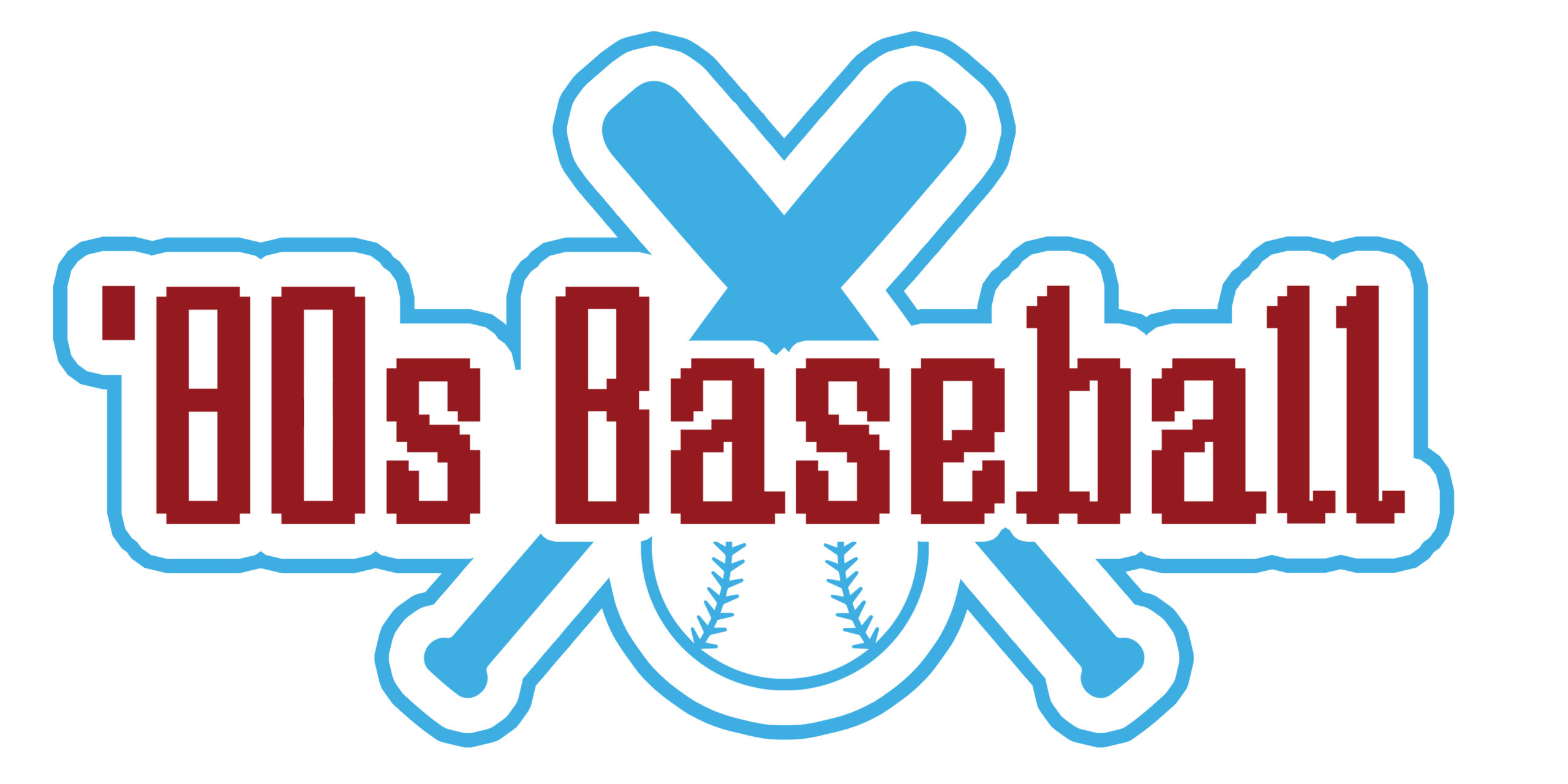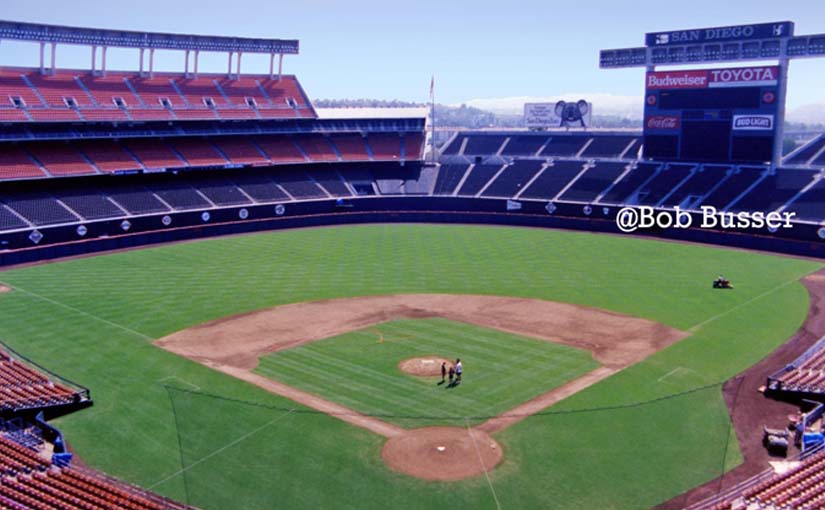Note: Former Padres employee Andy Strasberg posted this story in a Facebook group I’m in. I reached out to him to ask if I could reprint it and he agreed. It’s a great story!
The original movie version of “The Kid From Left Field” was made in 1953 and starred Dan Dailey and Anne Bancroft. The movie was about a kid who secures a job as a batboy with a team called the Bisons. He amazes players and management by delivering tips on how to win games.
In 1979 Hollywood decided to remake the movie. The plot was essentially the same but the new movie would be a “made for TV” version rather than shown in theaters.
The movie’s lead role was pint-sized child star Gary Coleman, then a popular TV fixture, having played the lead role in the prime-time sitcom Diff’rent Strokes. In the TV movie, Coleman portrayed a 12-year-old who was improbably tapped to be manager of the San Diego Padres.
The remake changed the team’s name from Bisons to the Padres, which meant I was given the responsibility to work with the production company and facilitate the scenes filmed in San Diego Stadium.
Early on, while we were working with the production company, I thought of a brilliant idea: Why not show the movie after the Padres’ night game on September 21, 1979, a few days before the movie airs on national TV?
Keep in mind, this was way before ballparks had sophisticated, wide-screen, HD video screens. We had to build our own on-field screen. And I had to convince my boss that this concept would work. First, we tested the practicality of having a 35 mm movie projector show a film in the ballpark at night. We then needed to find out how many seats could view the screen.
 In an empty stadium after the sun went down, the projectionist started running a test film. A few Padres front office employees were strategically positioned around San Diego Stadium with walkie talkies. I asked each employee if they could see the screen. One by one, each employee answered “yes,” they could.
In an empty stadium after the sun went down, the projectionist started running a test film. A few Padres front office employees were strategically positioned around San Diego Stadium with walkie talkies. I asked each employee if they could see the screen. One by one, each employee answered “yes,” they could.
This was going to work! We were going to be the first Major League team to show a movie after a game.
As an added promotional feature, I thought that the audio portion of the movie would run through our flagship radio station – KFMB-AM — so that fans could bring their transistor radios to listen. My thought was that the radios would replicate the clunky speakers hooked on your car’s window in a drive-in movie.
We had a giant screen constructed, 46 feet x 28 feet. The screen was placed in the right center field bleachers. When the movie was projected it would be from two 35mm professional movie projectors with arc lighting on a raised platform in centerfield.
Everything was ready for this first-time event. All we needed was the actual movie, which was being edited in Hollywood. The movie was scheduled to be delivered to us by Wednesday, September 19 but there was a delay. I had counted on a possible glitch and thought that a delivery delay by one day would still be OK.
Then there was another glitch, then another. I was getting nervous as we approached Thursday, the day before we would run the movie.
I was told by NBC executive Gene Wals that the movie would be done by Friday afternoon and could be picked up at 3 pm in Burbank. All we needed to do then was get it down to San Diego.
I realized that doing it by car in the middle of LA’s rush hour would cut it way too close. So I asked a friend, Steve Smith, a pilot who owned a single engine 4 seater Piper Cherokee built in 1972, if he would fly me to Burbank to pick up the movie.
He agreed.
Once we landed at the Burbank airport around 2:30 PM I hailed a cab and gave the cabbie the address of Consolidated Filmways Industries, where the movie was being edited. We inched along the traffic and I started getting nervous. Time was my enemy. There was not a lot of wiggle room because the game would start at 7:05 pm and could be over in a couple of hours.
When the cab arrived at the editor’s office I jumped out of the cab and without realizing I was about to utter a Hollywood cliché I said to the driver with all seriousness, “Keep the motor running. I’ll be right out.”
With my heart pounding, I ran in, made my way through a maze of office personnel and finally grabbed two movie cans, labelled The Kid From Left Field and jumped back into the waiting cab. The cab crept back, slowly inching its way through the heavy Friday afternoon traffic to the Burbank airport.
 As Steve got the plane ready, I called the NBC executives to tell them I had the film in hand and would be in the air within minutes, headed back to San Diego.
As Steve got the plane ready, I called the NBC executives to tell them I had the film in hand and would be in the air within minutes, headed back to San Diego.
“How many reels do you have?” asked the NBC executive.
“Reels?” I questioned.
I said, “What reels? I’ve got two canisters.”
It was explained to me that there should be five reels in the two cans.
With much trepidation I opened the two cans and found the five reels.
I then boarded the plane and told my pilot Steve in a hurried voice, “Let’s go. Take off.”
We landed in Montgomery field at 5:15 pm and I handed the film to the projectionist at 5:40 pm.
The Padres beat LA in a quick two-hour-plus game by a score of 3-1. In the third inning Dave Winfield hit his 32nd homer of the season to put the Padres ahead for good in front of 16,514 fans.
We showed the movie 12 minutes after the last out without any problems. In the movie, new manager Gary Coleman miraculously turned the Padres into a winning team.
Later that season, in a strange twist, the Padres hired our popular broadcaster Jerry Coleman as the team’s real-life new manager. The announcement came just one day after “The Kid From Left Field”, starring Gary Coleman, had aired on national TV.
On the chance that you are wondering how Jerry did for that 1980 Padres season, let me just state, “He managed.”
Photo of Jack Murphy Stadium courtesy of Bob Busser
About Bob Busser: Bob Busser is a professional photographer who has been capturing images on stadiums and arenas for more than 40 years. You can find Bob’s photographs of ballparks old and new at www.ballparks.smugmug.com. He is also the administrator of the Ballparks, Stadiums and Arenas of the past and present Facebook group and can be found on Twitter @BobBusser.


